The house mouse, Mus musculus, is a very common species of rodent that infests homes and businesses. Found in Pennsylvania and throughout all of the United States, the house mouse is a common pest to have in your home or business. Here we will discuss the house mouse and our house mouse treatments.
House Mouse Biology
The common house mouse is a small, dark colored rodent, that often lives near people and their homes. They are considered an “old world” species because they are not native to Pennsylvania or the United States. These rodents were brought here from the early settlers of Europe and have been thriving here ever since.
According to the Pennsylvania Game Commission, an adult female house mouse can produce up to 56 young every year! This is because an adult mouse can have up to 8 litters per year with a max of 7 young per litter. This means that a small house mouse issue can quickly turn into a giant mouse infestation in 1 years time.
House mice typically are omnivores which means that they will feed on a variety of food sources including meat and vegetation. Some of these food sources include:
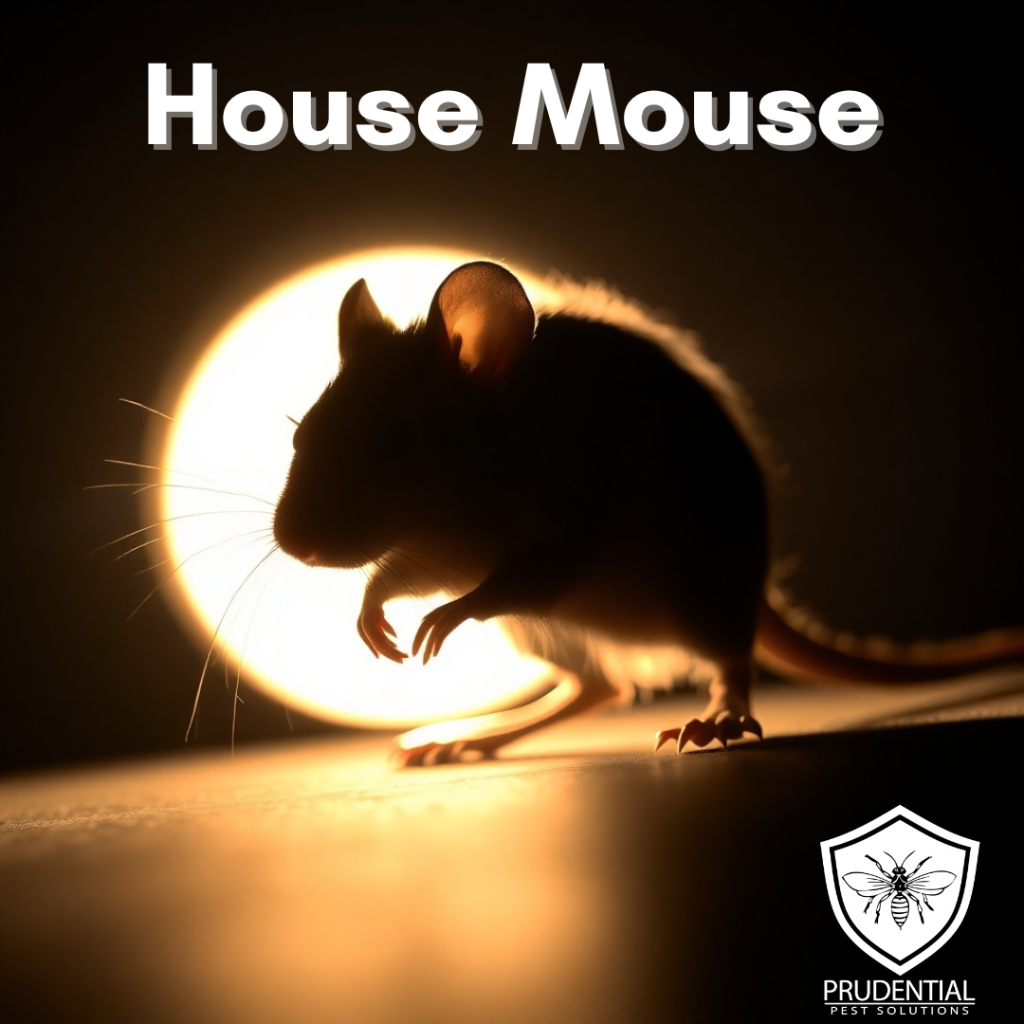
House Mouse Diet Includes:
- Grain
- Seeds
- Nuts
- Berries
- Paper
- Glue
- Insects
- Household Soap
- More
House Mouse Treatments
Like other rodents, there are many options for house mouse treatments. These include trapping, baiting, and mouse proofing. In most cases, a combination of these methods is used to achieve the best results.
House Mouse Trapping
Many homeowners when they discover they have a mouse problem, set traps to capture the mice. There are many different types of mouse traps, but we prefer the classic wooden snap traps.
Although the brand names have changed, these traps haven’t changed all that much in the over 100 years they have been used. Bait for mouse traps can vary and you should vary the bait that you use on a mouse trap.
How do you set a mouse trap? Great question and luckily, we have you covered!
How to properly bait and place a mouse trap
Mouse traps can be a very effective method for resolving a mouse infestation. First, you need to consider where the mouse and rodent activity is and where you can properly place a mouse trap. You don’t want to place a trap where kids, people, or pets can access the trap and potentially injure themselves.
For the most part, mouse traps should be placed along walls where the mice usually run. House mice do not have great eyesight and will typically follow along the walls using their whiskers for guidance. The bait pan of the trap should be facing the wall with the entire mouse trap being perpendicular to the wall.
There are all kinds of mouse bait to use on a mouse trap. Most homeowners prefer to use peanut butter, but caution should be used if there are any people with peanut allergies in the home. Other baits include pretty much any food you can think of from fruits and nuts to tuna and jerky. Keep in mind that the bait can and will spoil depending on what you are using so frequent checks and replacement of bait is a must.
A professional pest control and rodent control company such as us will typically use a commercial mouse attractant. This attractant is specifically designed to lure mice and rats, won’t spoil quickly, and isn’t an allergy risk.
House Mouse Baiting and Poisoning
Another option for treating house mice and other rodents is to use mouse bait or sometimes referred to as mouse “poison”. This method requires extreme caution as bait may be accessible and or consumed by people, pets, and other animals.
Mouse baits typically work by having the mouse eat some of the bait. Once the mouse has consumed a fatal dose of the bait, the mouse will typically perish in a few days. Why isn’t the bait fatal immediately? There are a couple reasons for this delay in effectiveness.
The first reason why the mouse bait isn’t immediately lethal is that we want the mice to consume a complete lethal dose. If the mouse were to get sick or feel symptoms of the bait before consuming a lethal dose, then the mouse or mice will begin to avoid the bait, and the bait method will be ineffective.
Another reason why mouse bait isn’t immediately lethal is that we need to have a bit of a safety net in case another species accidentally ingests the poison. This delay can provide enough time for a doctor or veterinarian to administer an antidote for the rodent bait and potentially save a life.
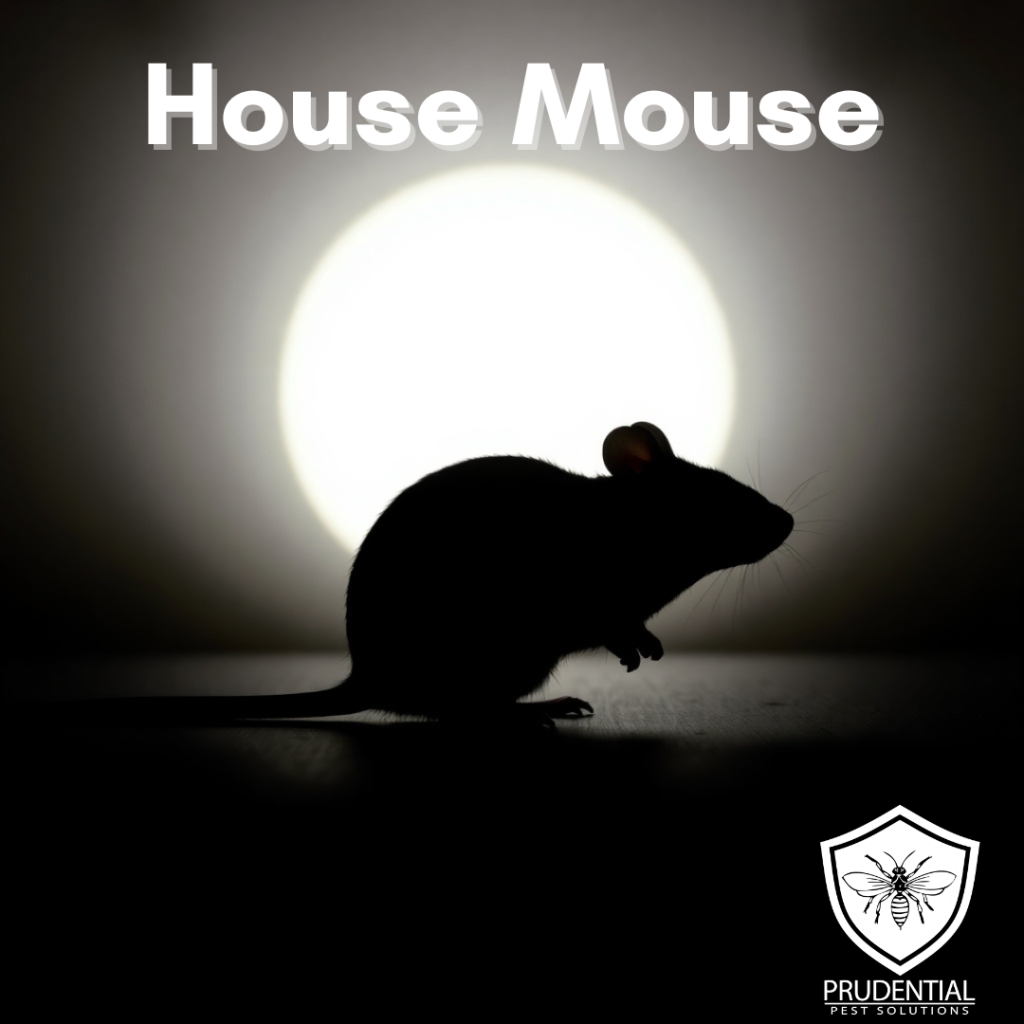
House Mouse Baiting Tips
- Always follow the directions on the mouse bait exactly as written
- Never place mouse bait in open areas where kids, people, pets, or other animals have access to it.
- Use lockable bait stations when able to limit bait exposure to other species.
Risks of using Mouse Bait and Poisons
Besides the direct risk of a kid, person, pet, or animal contacting or ingesting the mouse bait directly, there is another risk of using mouse baits and poisons. This risk is called secondary poisoning and it works like this.
When a mouse or rodent perishes from consuming mouse bait, another animal may eat that dead mouse. This animal, whether it be a cat, owl, hawk etc. will then have consumed a little bit of the same mouse bait that the mouse died from. Over time, the cat, owl, or hawk can also be sickened or die from this mouse bait. This is why it is called secondary poisoning.
There are ways to minimize the risk of secondary poisoning, and a licensed pest control professional can walk you through that process. It may involve using a different kind of mouse bait or avoiding bait all together.
House Mouse Proofing your home
The house mouse can squeeze through an opening the size of a dime to enter a building or home. Also, because they are rodents, house mice can chew to enter a structure as well.
House mouse proofing your home involves walking around the outside of the building and identifying current and potential mouse entrances. Once identified, the holes and opening should be stuffed with copper or metal meshing and then seal shut. This will prevent the mice from being able to simply chew through the sealant and enter the house again.
Some common places to check for rodent entrances around a building or structure include:
Mouse Control for you
Prudential Pest Solutions is a full-service rodent and pest control company. We always provide a specific treatment and prevention process and service for your specific situation.
What does full-service rodent control mean?
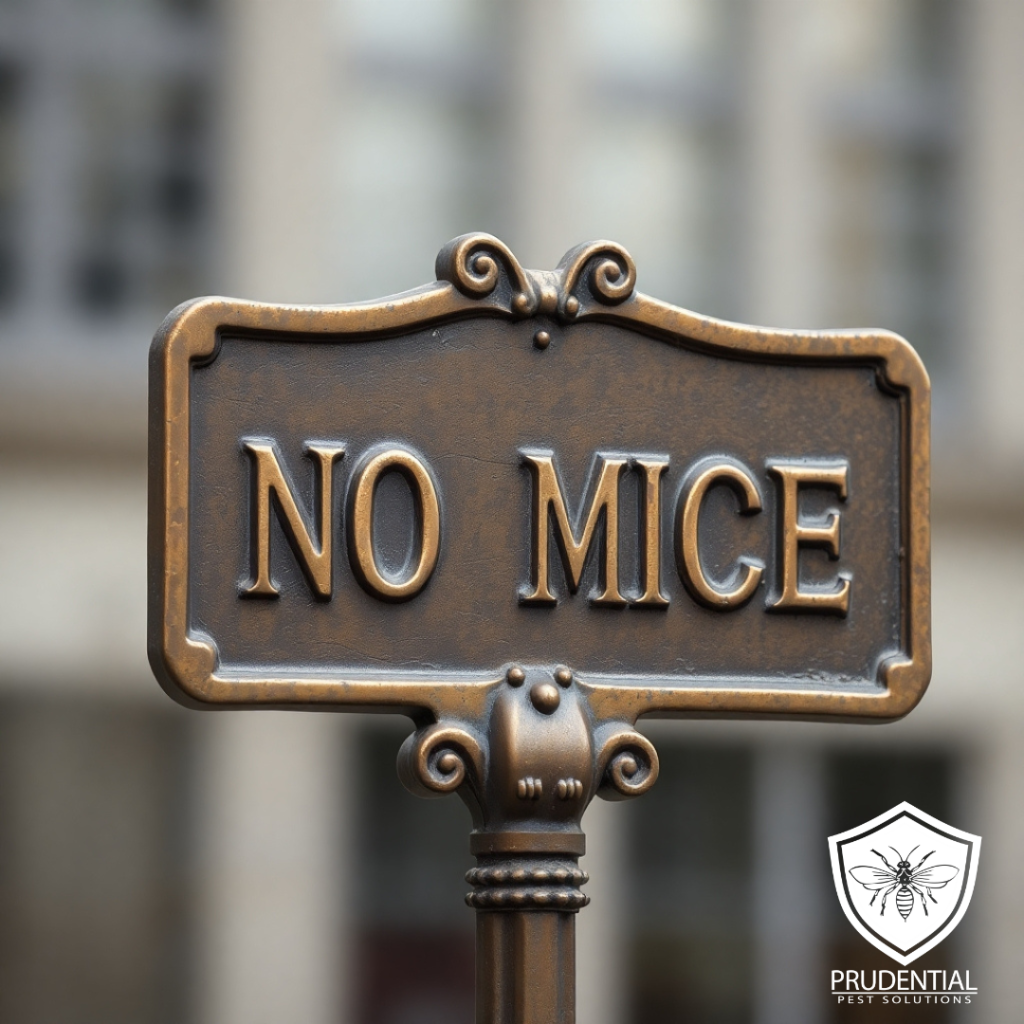
- Identify where the mice are entering the structure
- Seal up the structure to prevent future mouse infestations
- Safely vacuum and remove rodent droppings
- Seal up the inside of the house or structure to limit where the mice can travel.
- Use a treatment method that is best suited for your specific situation with the safety of you, your pets, your family, and the environment as our top priority.
- Follow-up to ensure that the rodent and mouse problem has been resolved.
Mouse and Rodent services and treatments near you
Prudential Pest Solutions services all of Southeastern Pennsylvania including Berks County, Chester County, and the surrounding areas. If you live in our service area, then you need to contact the mouse experts at Prudential Pest Solutions!
Our mouse service areas
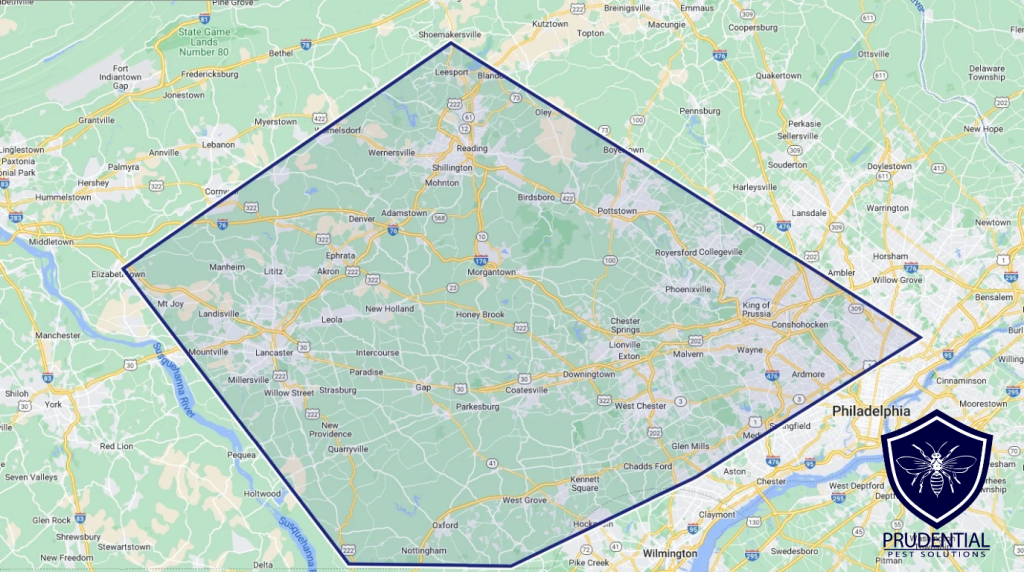
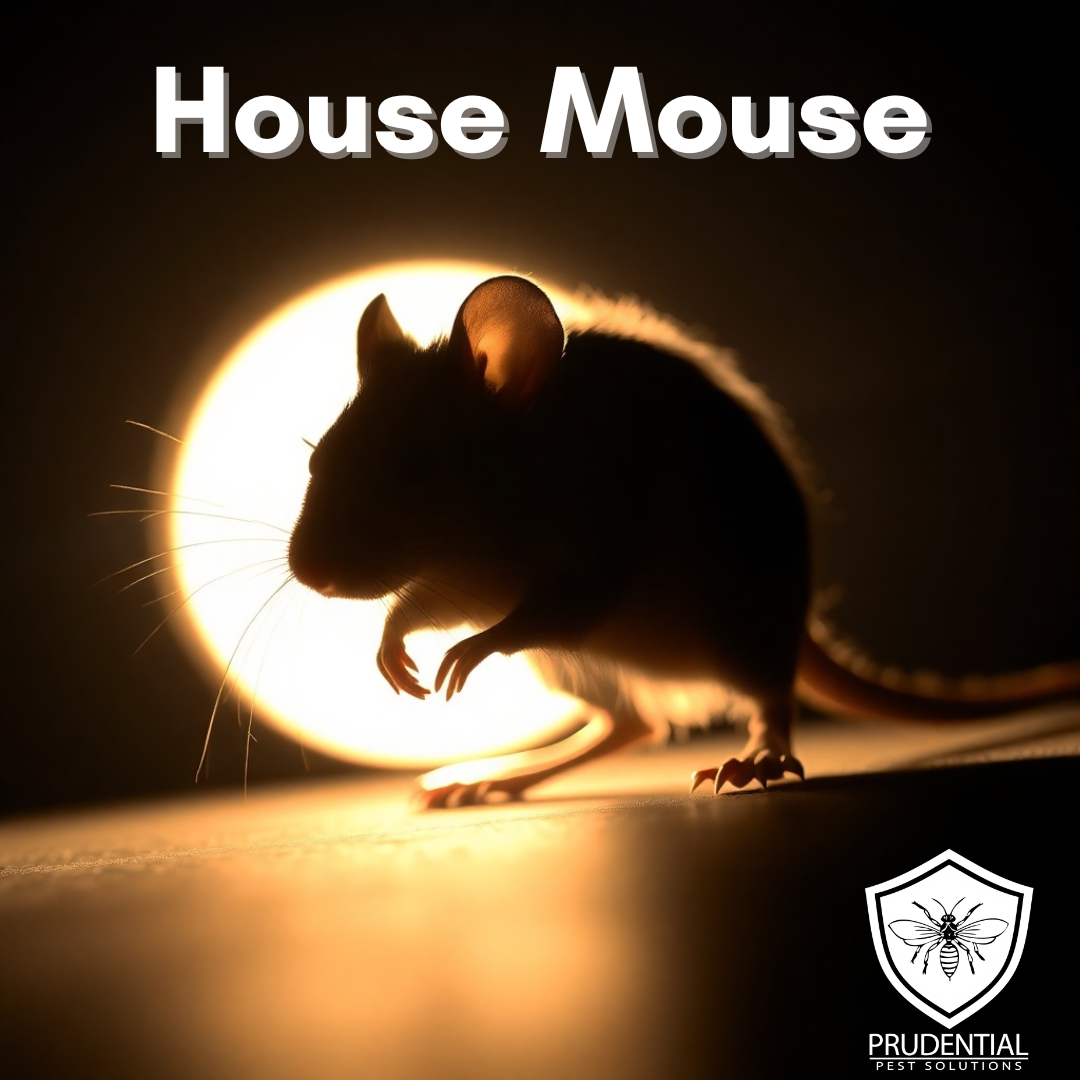
Comments are closed